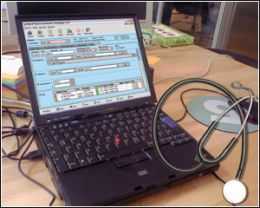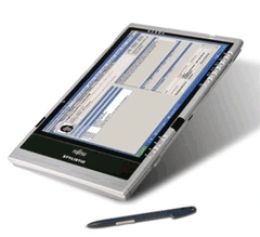





Some of the major EMR providers in India include:

|
Level |
Public |
Private |
|
Primary |
PHCs(Primary Health Centers) and its sub centers |
Traditional Practitioners |
|
Secondary |
District Hospitals |
Private Clinics Small Nursing Homes |
|
Tertiary |
Teaching Hospitals |
Private Clinics Nursing Homes Corporate Hospitals |